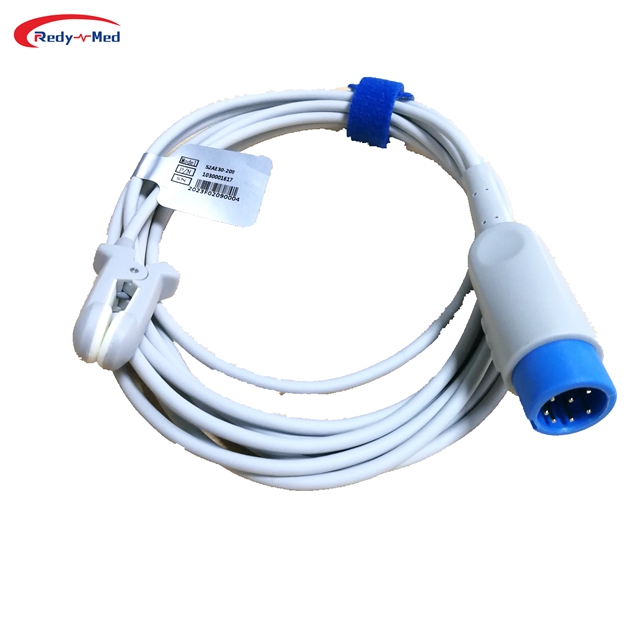
Development History and Future Trends of Blood Oxygen Saturation Sensor Technology
2024-03-21 00:03:27
A Brief Overview of Blood Oxygen Saturation Sensor Technology

Blood oxygen saturation sensor technology, also known as SpO2 (peripheral capillary oxygen saturation) monitoring, plays a crucial role in determining the percentage of oxygen that is bound to hemoglobin in the blood. It revolutionized the medical field by providing non-invasive and real-time measurements of oxygen levels, allowing healthcare professionals to monitor patients' respiratory function accurately.
Development History of Blood Oxygen Saturation Sensor Technology
The development of blood oxygen saturation sensor technology has come a long way since its inception. Initially, the conventional pulse oximetry method was introduced, which used two wavelengths of light to measure the oxygen saturation level. However, this method had limitations in accurately determining oxygen levels in patients with certain health conditions.
With advancements in sensor technology over the years, new methods were developed to overcome the limitations of traditional pulse oximetry. One significant breakthrough was the introduction of multi-wavelength pulse oximetry, which utilized more wavelengths of light to provide more precise readings, especially in patients with dark skin pigmentation or poor peripheral perfusion.
Further progress in blood oxygen saturation sensor technology led to the development of reflectance pulse oximetry, which allowed measurements to be taken at different body sites, such as the forehead or the earlobe. This innovation expanded the application of the technology, making it more versatile and accessible in various healthcare settings.
Future Trends in Blood Oxygen Saturation Sensor Technology
The future of blood oxygen saturation sensor technology looks promising, with ongoing advancements and potential breakthroughs on the horizon. One of the trends is the miniaturization of sensors, allowing for wearable devices that can continuously monitor oxygen saturation levels without the need for cumbersome equipment.
Another trend is the integration of blood oxygen saturation sensors into other healthcare devices, such as smartwatches or fitness trackers. This integration would enable individuals to monitor their oxygen levels during physical activities or detect early signs of respiratory conditions, leading to proactive healthcare management.
Furthermore, the development of wireless and internet-of-things (IoT) technologies will enhance data connectivity and enable remote monitoring of patients' oxygen saturation levels. This advancement would greatly benefit individuals with chronic respiratory conditions, as well as healthcare providers in delivering timely and personalized care.
Conclusion
Blood oxygen saturation sensor technology has witnessed significant advancements in its development history, leading to more accurate and accessible measurements of oxygen levels. The future of this technology holds promise for miniaturization, integration with other devices, and enhanced connectivity for remote monitoring. With such advancements, blood oxygen saturation sensor technology will continue to play a vital role in healthcare, improving patient care and management of respiratory conditions.
Get the latest price? We'll respond as soon as possible(within 12 hours)




